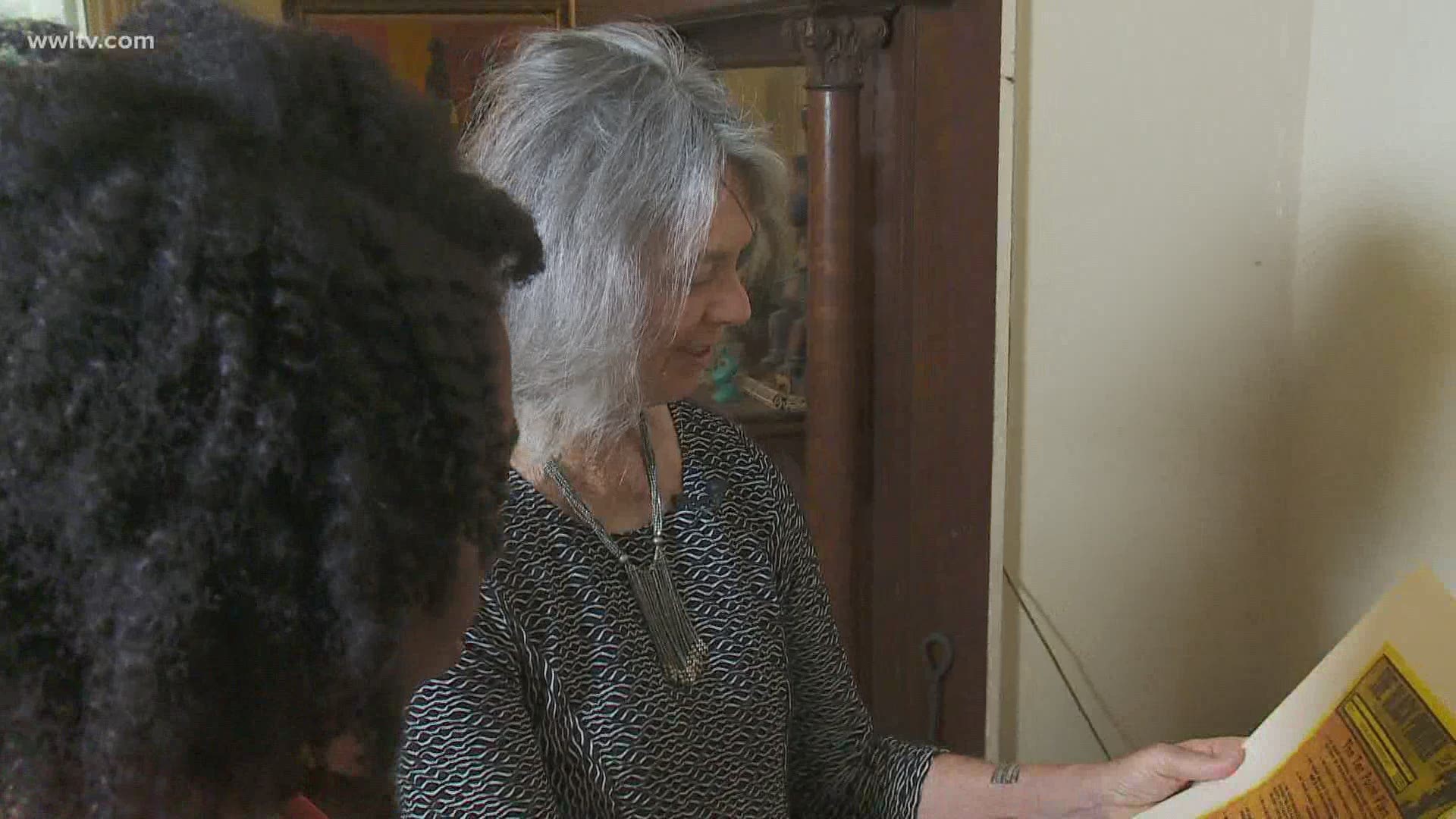NEW ORLEANS — Orissa Arrend, a therapist and freelance journalist, says meeting with one of the Angola Three, Robert King, sparked her interest in the story behind the Black Panthers’ arrival in Louisiana
“I had met Robert King through another friend,” she said. “We started talking about the Black Panthers. I didn't even know King had been a Panther.”
Arrend started recording their conversations as King introduced her to other Panthers in the community. She took those recordings and turned them into a column for the Louisiana Weekly.
“And that is actually how Bob Tucker called. He saw one of the stories and he said well, I can tell you some other things about that story if you want to hear it,” Arrend said. “I said I'd love to hear it. It just grew from there.”
“I didn't know anything about the story. I'm not a historian, I'm not Black, I'm not a revolutionary, so I was actually a very unlikely scribe for all of this,” she said.
In 1970, Orissa did live in New Orleans, but had no knowledge of the Panthers arrival to New Orleans or what happened in the Desire Projects.
While not fearful of the Black Panthers, she does admit her knowledge of what they stood for at that time was scarce.
“I'd heard of them and you know, I had some of the stereotypical images of Black men with guns and berets and violence,” she said. “I was pretty wrapped up in myself and not political at the time. Not even aware and as I wrote this story I figured, ‘how is this possible?’”
“In New Orleans and probably everywhere, the white world and the black world were so different,” she said. “For me, the draw was to be brought into a world that was completely foreign to me.”
And as she learned more and more about this world, she started to write, some 30 plus years after the incident between the Panthers and the NOPD, with hopes of sharing her understanding of who the Panthers were and what they meant to the black community.
Her book, “Showdown in Desire" depicts what happened in the Desire Projects, before, during and after the shootout and standoff that would make national headlines in 1970.
“To this day, I so much admire them. They were teenagers at the time and they had everything against them and they brought people together,” Arrend said. “Maybe 50 years later, we can do it differently and we can learn from some things that could have happened then but didn't.”
Watch the Eyewitness News Special “The Story Behind the Standoff” Tuesday night at 9 p.m. on WWL-TV and WWLTV.com.

